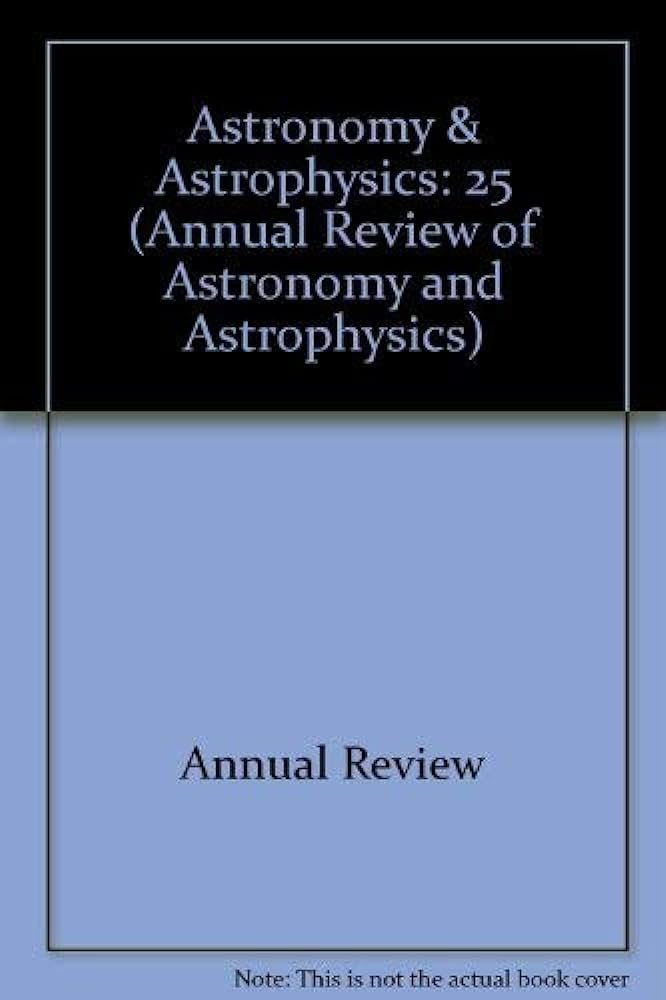The Faintest Dwarf Galaxies
IF 32.5
1区 物理与天体物理
Q1 ASTRONOMY & ASTROPHYSICS
Annual Review of Astronomy and Astrophysics
Pub Date : 2019-01-16
DOI:10.1146/annurev-astro-091918-104453
引用次数: 254
Abstract
The lowest luminosity ([Formula: see text] L[Formula: see text]) Milky Way satellite galaxies represent the extreme lower limit of the galaxy luminosity function. These ultra-faint dwarfs are the oldest, most dark matter–dominated, most metal-poor, and least chemically evolved stellar systems known. They therefore provide unique windows into the formation of the first galaxies and the behavior of dark matter on small scales. In this review, we summarize the discovery of ultra-faint dwarfs in the Sloan Digital Sky Survey in 2005 and the subsequent observational and theoretical progress in understanding their nature and origin. We describe their stellar kinematics, chemical abundance patterns, structural properties, stellar populations, orbits, and luminosity function, as well as what can be learned from each type of measurement. We conclude the following: ▪ In most cases, the stellar velocity dispersions of ultra-faint dwarfs are robust against systematic uncertainties such as binary stars and foreground contamination. ▪ The chemical abundance patterns of stars in ultra-faint dwarfs require two sources of r-process elements, one of which can likely be attributed to neutron star mergers. ▪ Even under conservative assumptions, only a small fraction of ultra-faint dwarfs may have suffered significant tidal stripping of their stellar components. ▪ Determining the properties of the faintest dwarfs out to the virial radius of the Milky Way will require very large investments of observing time with future telescopes. Finally, we offer a look forward at the observations that will be possible with future facilities as the push toward a complete census of the Local Group dwarf galaxy population continues.最微弱的矮星系
最低光度([公式:见文]L[公式:见文])银河系卫星星系代表了星系光度函数的极限下限。这些超暗矮星是已知的最古老、暗物质最多、金属最贫乏、化学演化最少的恒星系统。因此,它们为研究第一批星系的形成和暗物质在小尺度上的行为提供了独特的窗口。在这篇综述中,我们总结了2005年在斯隆数字巡天中发现的超暗矮星,以及随后在了解它们的性质和起源方面的观测和理论进展。我们描述了它们的恒星运动学、化学丰度模式、结构特性、恒星种群、轨道和光度函数,以及从每种测量类型中可以学到的东西。▪在大多数情况下,超暗矮星的恒星速度色散对系统不确定性(如双星和前景污染)是强大的。▪超暗矮星中恒星的化学丰度模式需要两个r过程元素的来源,其中一个可能归因于中子星合并。即使在保守的假设下,也只有一小部分超暗矮星的恒星成分可能遭受了明显的潮汐剥离。▪确定银河系半径范围内最微弱的矮星的性质,将需要在未来的望远镜上投入大量的观测时间。最后,我们展望了未来的观测结果,随着对本星系群矮星系人口的全面普查的继续推进,这些观测结果将成为可能。
本文章由计算机程序翻译,如有差异,请以英文原文为准。
求助全文
约1分钟内获得全文
求助全文
来源期刊

Annual Review of Astronomy and Astrophysics
地学天文-天文与天体物理
CiteScore
54.80
自引率
0.60%
发文量
14
期刊介绍:
The Annual Review of Astronomy and Astrophysics is covers significant developments in the field of astronomy and astrophysics including:The Sun,Solar system and extrasolar planets,Stars,Interstellar medium,Galaxy and galaxies,Active galactic nuclei,Cosmology,Instrumentation and techniques,
History of the development of new areas of research.
 求助内容:
求助内容: 应助结果提醒方式:
应助结果提醒方式:


